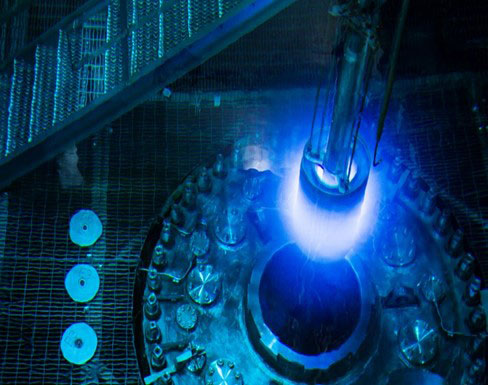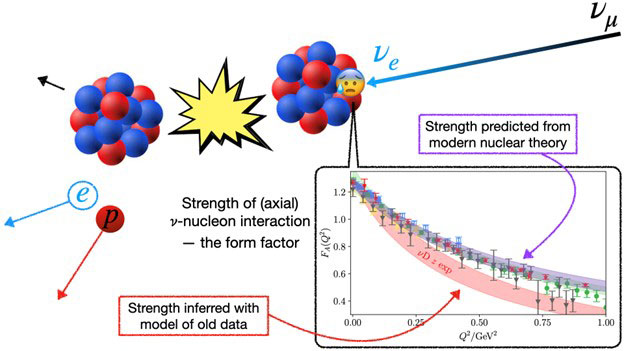Facilities
The Facilities Division supports a broad range of activities that include operations and maintenance of accelerator facilities here and abroad, development of new facilities, general accelerator R&D that covers magnet technologies and accelerating structures, and studies of the Large Hadron Collider (LHC). Much of this research is directed towards the development of specific technologies and facilities. There are three subdivisions:
Facility Operations
The Facility Operations division supports major operations at the Fermilab Accelerator Complex, U.S. LHC Operations, and operations at other labs as well. The Fermilab Accelerator Complex generates a low energy (8 GeV) and a high energy (120 GeV) proton beam. Both are used to produce secondary beams of pions, kaons, muons and neutrinos which serve an array of experiments. These include a Short Baseline Neutrino program and a Long Baseline Neutrino program, that uses the Neutrinos at the Main Injector (NuMI) beam. U.S. LHC Operations supports scientists from U.S. universities and national laboratories who participate in experiments at the Large Hadron Collider and on further research and development for upgrades to the LHC. Facility Operations also provides support for the Facility for Advanced Accelerator Experimental Tests (FACET) at SLAC where beam-driven plasma wakefield particle acceleration research is carried out.
Facilities Development
Facilities Development provides support for directed research. This R&D effort is of a near- or mid-term nature, with accelerator R&D being developed for a specific application, technology, or proposed facility. There are four subdivisions:
- General Accelerator R&D – This activity focuses on R&D that can be widely applied to a range of accelerator facilities. Major areas of R&D include: superconducting magnet and related materials technology; high-powered radiofreqency acceleration systems; particle beam instrumentation; linear and nonlinear beam dynamics; and the development of large simulation programs. The latter effort is coordinated with the SciDAC accelerator simulation project.
- LHC Accelerator Research Program (LARP) – LARP focuses on the production of full-scale, accelerator-quality magnets that sustain the highest possible magnetic fields as well as particle beam collimation and monitoring systems. This effort provides important technical data to CERN for management decisions on possible future LHC accelerator upgrades to increase luminosity.
- Superconducting Radio-Frequency (SRF) R&D – Central to a variety of future accelerator projects, the SRF R&D program supports development of the infrastructure required for SRF accelerator cavity and cryomodule processing, assembly, and testing.
- International Linear Collider (ILC) R&D – As a lepton collider may very well be the successor to the LHC, the U.S. participates in the ILC collaboration, with a focus on the development of very bright particle beams, electron sources, damping rings, beam dynamics and diagnostics, as well as the development and prototyping of RF equipment and components of the main linear accelerator.
Instrumentation & Major Systems
The Office of High Energy Physics (HEP) supports particle physics experiments at accelerators, underground laboratories, space exploration missions and ground-based telescopes. These experiments present new opportunities for discovery at the three frontiers of particle physics. When combined, these different pathways of discovery lead to a more complete picture of the fundamental nature of the universe. Click on a link to the right to find out more about the HEP-supported experiments currently under development.



